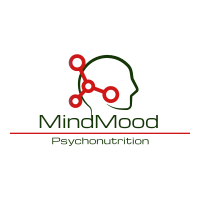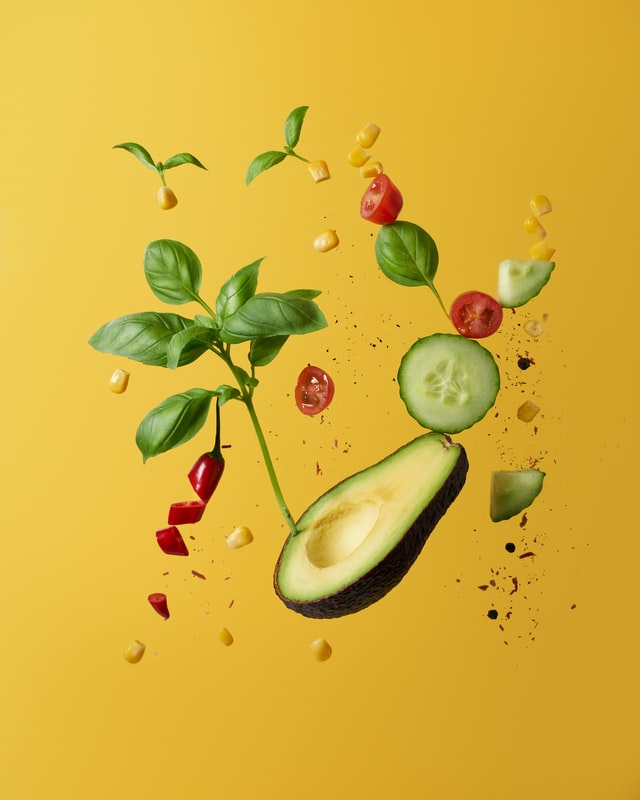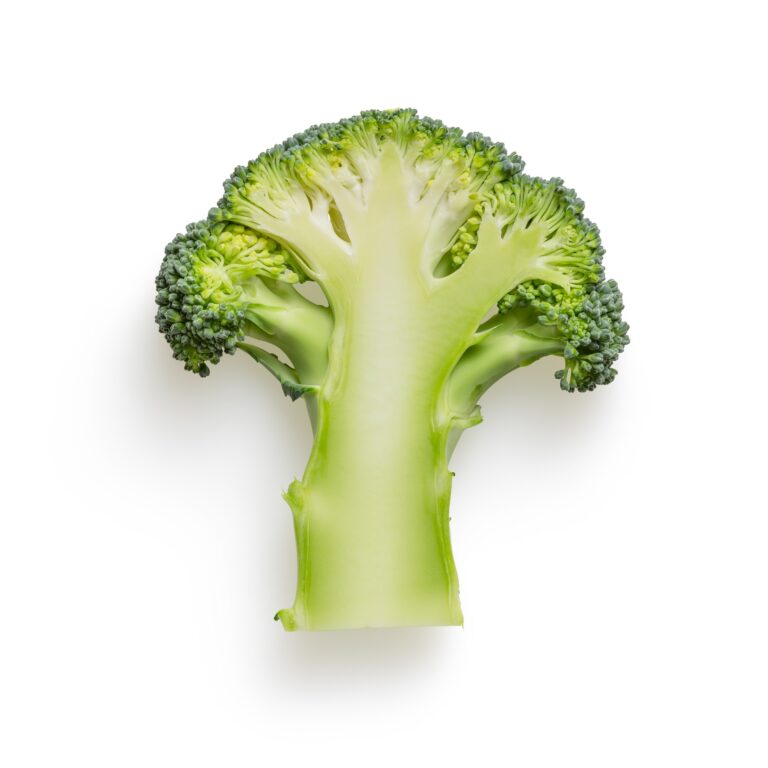Food Nutrient Series
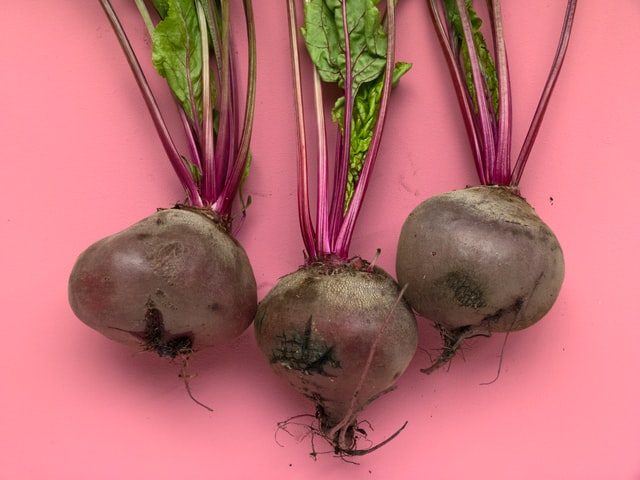
One of the good things about moving from Portugal to the UK was the possibility to explore an all new world in terms of flavours, ingredients, foods and cuisines. However, beetroot was pretty much unknown to me before I moved to London (I don’t remember seeing my mother or grandmother cooking it) it has definitely conquered my heart over the last years and it is here to stay.
A Power House of Nutritional and Health Benefits
Beetroot or Beta vulgaris is a dark-purplish-red (although yellow, white and pink varieties can be also found) vegetable with its origins in Europe and North Africa. Alongside carrots, turnips and parsnips, beetroot is also part of the root vegetables family.
Beetroot is commonly sold raw, pre-cooked and dipped in malt vinegar, pickled, pureed or consumed in a liquid (juice) or in a powdered form. Equally to brussels sprouts (which I have featured in a previous blog article), beetroot can be the delight of many and the dislike of others, not only in terms of taste but also in terms of texture.
Do you remember the last time you left a trail of beetroot juice all over your kitchen or your hands became purplish-red after chopping beetroot? I do! I dare say that no one should ever get bored when they chop, prepare or cook beetroot.
Beetroot is a rich source of fiber, Vitamins A, B and C and a wide variety of minerals: potassium, sodium, copper, magnesium, calcium, phosphorus, manganese and zinc (Baião et al. 2020).
Beetroot is also well-known for its antioxidant compounds – in fact beetroot is one the plants with the highest antioxidant activity (Mirmiran et al. 2020). Betalains, flavonoids, polyphenols, saponins and in particular inorganic nitrate (NO3) are the main antioxidants we can find in beetroot.
Cardiovascular Health & Athletic Performance: Promising Therapeutic Benefits
Beetroot has been associated with antioxidant, anti-inflammatory, anti-carcinogenic and anti-diabetic activities as well as cardiovascular, liver and wound healing enhancing properties (Mirmiran et al. 2020).
Beetroot is a source of nitrate (NO3) and our bodies can convert it into nitric oxide (NO). NO is a compound in the body that causes blood vessels to widen and plays a major role in our cardiovascular system. Eating beetroot can help our body’s availability or levels of NO to be naturally increased (Clifford et al. 2015).
Thus, the dietary intake of beetroot or its supplementation (juice or capsules) have been used as a promising therapeutic intervention to prevent and manage conditions such as hypertension, atherosclerosis, type 2 diabetes and dementia (Baião et al. 2020). Additionally, several studies have also established beetroot juice supplementation as a therapeutic strategy to enhance athletic performance, in particular endurance training (López-Samanes et al. 2020).
How to Include Beetroot in your Everyday Nutrition?
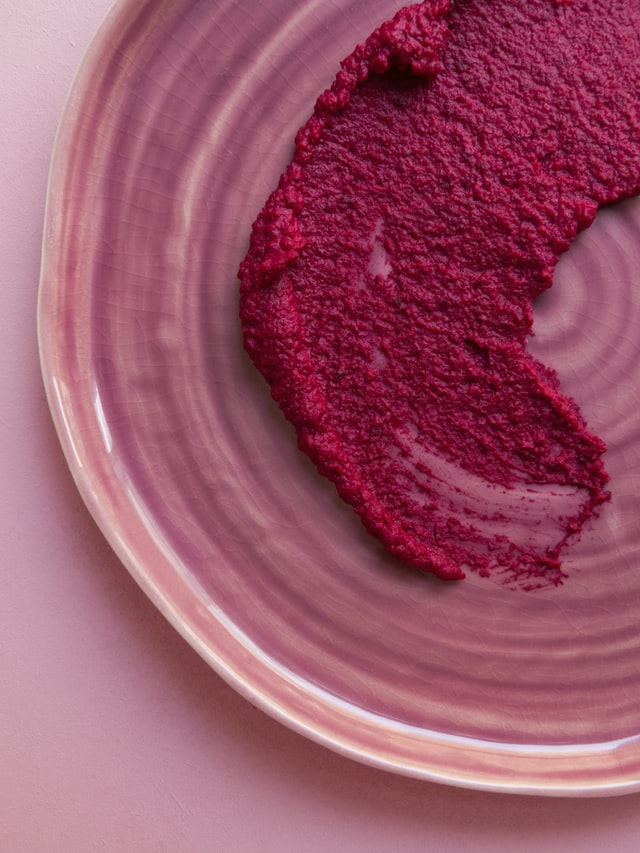
Pickled or dipped in malt vinegar are one of the most common ways of eating beetroot.
However, attention should be paid to these preparations as they may have added salt and sugar – read the labels or simply option for no added salt or sugar versions or buy raw beetroot instead.
Beetroot offers endless possibilities when it comes to cooking and a zero-waste cuisine: roasted, boiled, pureed or steamed. Use your imagination!
What about the leaves – the beet greens? Steam them and use them for a delicious salad. I also freeze the stems and use them for a jam, compote or sauce.
Powdered beetroot is also an easy option to incorporate in pancakes, breads, lattes, smoothies and yogurt bowls.
Beetroot has a typical sweet taste that reminds me of Spring and Summer, thus no one can ever go wrong with a refreshing and nutritious beetroot salad like my Beetroot, Fennel & Pomelo Spring Salad. Enjoy!
